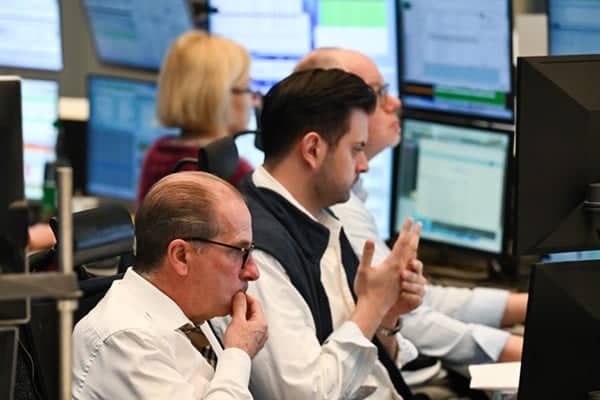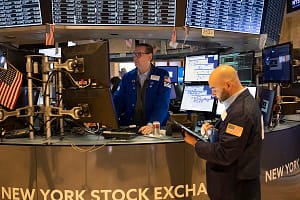Global markets shifted focus back to central banks this week, with Jerome Powell’s Jackson Hole speech offering investors a hint that U.S. rate cuts could be on the table.
While U.S. equities ended the week mixed, mid- and small-caps gained strongly, Europe rode U.S. optimism higher, Japan wrestled with hot inflation and weak exports, and China surged to a decade-high on retail investor momentum.
U.S. Market Overview
U.S. markets ended the week on a mixed note, with a late rally driven by Federal Reserve Chair Jerome Powell’s comments at the annual Jackson Hole symposium.
After four consecutive days of declines, the S&P 500 managed to close modestly higher, supported by gains in sectors such as energy, financials, real estate, and materials. Mid-cap and small-cap indexes outperformed, while the technology-heavy Nasdaq slipped as investors took profits from this year’s strong run in artificial intelligence–related stocks.
The Fed remains the central focus. Powell acknowledged that inflation remains a challenge but also highlighted weakening signs in the labor market.
He noted that interest rates are currently at restrictive levels, and the balance of risks may be shifting toward employment. His comments raised expectations that the Fed could begin lowering rates soon.
Economic data reinforced the mixed outlook. The August flash Purchasing Managers’ Index (PMI) reached 55.4, its strongest level this year, signaling continued expansion. Manufacturing in particular surprised to the upside, hitting a 39-month high. However, companies reported higher input costs, largely due to tariffs, and passed those on to customers. Jobless claims also rose more than expected, suggesting that the labor market is beginning to cool.
Europe Market Overview
European markets benefited from the shift in U.S. monetary expectations. The pan-European STOXX 600 gained 1.4%, while the UK’s FTSE 100 climbed 2% to reach a record high. Italy’s FTSE MIB advanced 1.5% and France’s CAC 40 gained slightly, though Germany’s DAX remained flat. Investors generally welcomed the prospect of lower U.S. borrowing costs, which eased concerns about global liquidity.
Business activity across the eurozone expanded for the third consecutive month, according to the latest PMI data. The composite index rose to 51.1, its highest in several months, supported by stronger manufacturing output. Germany registered its third consecutive increase in activity, while France showed early signs of stabilizing after a period of contraction.
Nevertheless, consumer confidence slipped, reminding policymakers that households remain cautious about the economic outlook. The European Commission’s index fell back to -15.5 in August from a recent high in July.
In the UK, inflation ticked up to 3.8% year-over-year in July, the highest in 18 months, driven by food and airfare costs. Services inflation, closely monitored by the Bank of England, climbed to 5%. At the same time, UK business activity strengthened, with the PMI rising to 53.0, suggesting that services remain resilient. Sweden’s central bank, meanwhile, left rates unchanged at 2% but kept the option open for cuts later this year.
Asia Market Overview
Asian markets presented a mixed picture. In Japan, the Nikkei 225 declined by 1.7% and the broader TOPIX slipped slightly. Global concerns over the sustainability of technology rally weighed on sentiment, while rising domestic inflation added further uncertainty. The Japanese yen weakened past JPY 158 per dollar, reflecting the policy gap between the Fed and the Bank of Japan (BoJ).
Japan’s July inflation rose 3.1% from a year earlier, exceeding expectations and remaining well above the BoJ’s 2% target. This has fueled speculation that the central bank may raise rates again before the end of the year. Trade data painted a weaker picture, with exports down 2.6% year-over-year, pressured by falling shipments of autos, parts, and semiconductors to the U.S., as well as softer demand from China and Southeast Asia. Imports also fell, though less than expected, easing some of the pressure on the trade balance.
China, on the other hand, recorded a strong week. The CSI 300 index rose more than 4%, closing at its highest level in a decade, while the Shanghai Composite added 3.5%. The rally was driven largely by retail investors, who are turning to equities amid low savings rates and limited investment alternatives. Margin debt has surged to levels not seen since 2015, highlighting both optimism and risk.
Get real time update about this post category directly on your device, subscribe now.





Leave a Comment